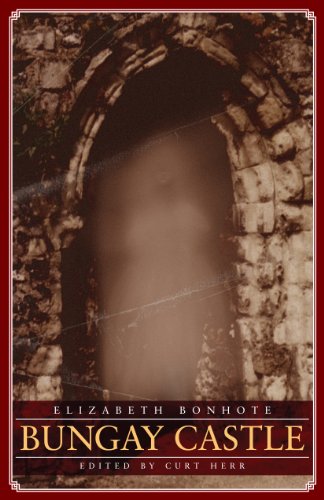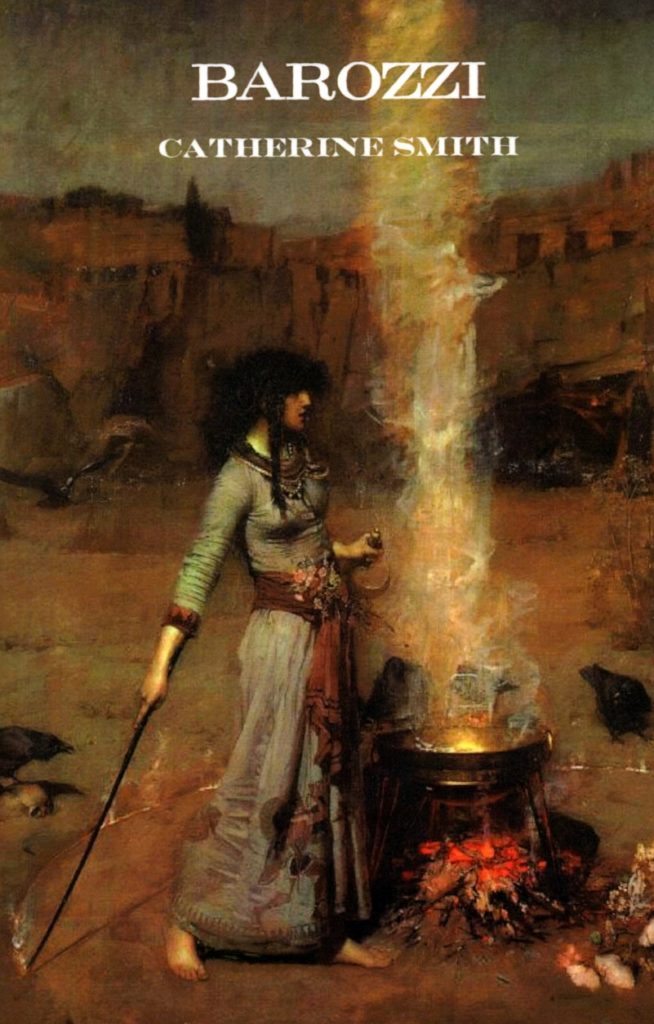
Bungay Castle by Elizabeth Bonhote is a literary artifact of the 1790s. This was a time when London was obsessed with reading Gothic novels by Horace Walpole, Clara Reeve, Ann Radcliffe and their numerous imitators. Minerva Press was a major publisher of all things Gothic and they added Bonhote’s novel to their growing catalog in 1796, the same year that Matthew Lewis published his enduring masterwork, The Monk.
For those of us with an academic interest in Gothic literature, the 1790s is seen as a magical period of enlightened creativity; a renaissance of all things spooky and macabre. The era also contains a never-ending well of Gothic novels that need to be re-read, re-analyzed, and re-discovered. Sadly, these works have been largely neglected by academia and, in many cases, out-of-print for over two hundred years.
Read more “Elizabeth Bonhôte – Bungay Castle (1796)”
